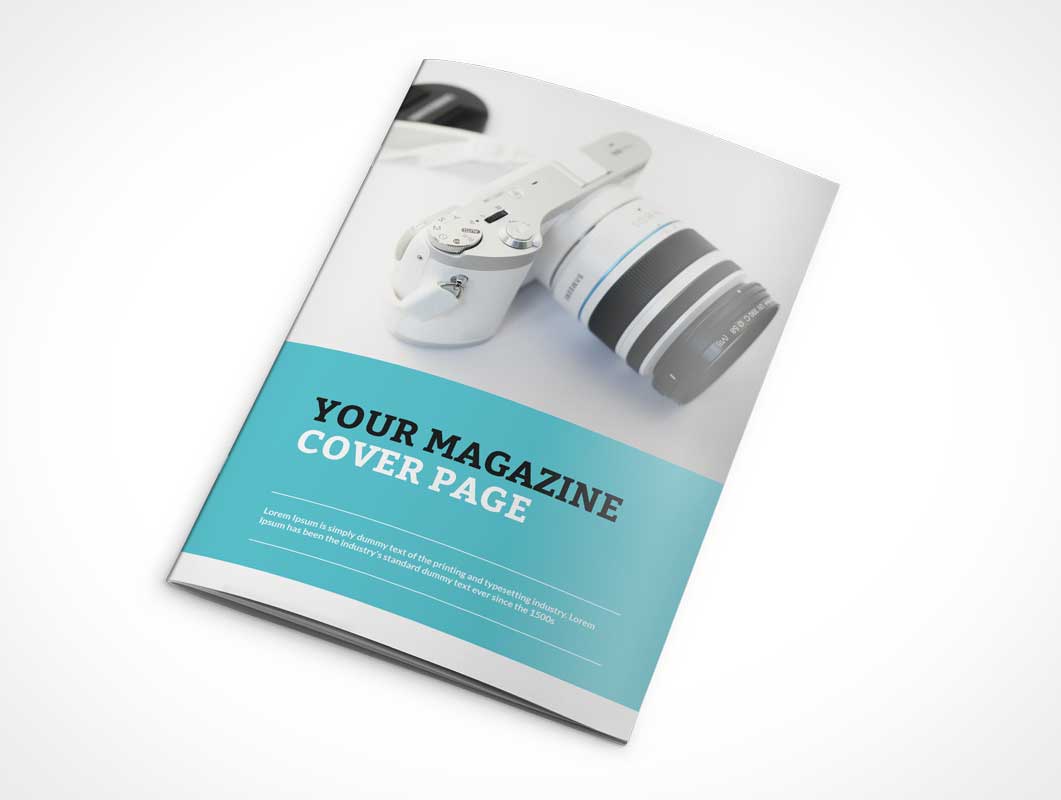Choir of St Mary’s Cathedral, Edinburgh, Duncan Ferguson Organist and Master of the Music
65:15
Delphian DCD 34204
[dropcap]“[/dropcap]They order, said I, this matter …” differently in Scotland. St Mary’s Cathedral, Edinburgh, which is in the Scottish Episcopal Church, part of the Anglican Communion, has the only surviving choir school in Scotland, where the Church of Scotland, aka The Kirk, which is presbyterian (no bishops!), is the Established Church. For some decades the choir has had a mixed treble line, and the occasional female alto lay-clerk. Since the arrival as OMM of Duncan Ferguson, the Choir has made many highly regarded recordings of demanding music throughout all generations, including two featuring Latin compositions by, respectively, Taverner and Sheppard. Their relatively neglected but equally gifted contemporary William Mundy is the focus of this new release, with another Latin programme that is demanding to sing, stimulating to hear, and altogether delightful.
To be clear, all the tracks listed above are interesting, rewarding and enjoyable, but two stand out: first, the Mary antiphon Maria virgo sanctissima. This is a premiere recording – not too surprising, as there are a certain number of Mundy’s motets which get the nod for recordings but quite a few others that continue to languish unrecorded. But apart from the fact that it is a magnificent piece which the Edinburgh choir drives to a fine climax in a quite glorious final amen, it also represents a collaboration with the most exciting project in recent years to feature Tudor music: this is “Tudor Partbooks: the Manuscript Legacies of John Sadler, John Baldwin and their Antecedents” which has been supported by the Arts and Humanities Research Council and led by an outstanding scholar of the music from this period, Magnus Williamson at Newcastle University. That the AHRC has provided funding for this initiative is massively praiseworthy. Part of the project involves digitizing these precious original manuscripts that – most significantly in the case of Sadler – are in a dangerously fragile state, but it also involves, where possible, making usable editions of works which are to a greater or lesser extent fragmentary. Maria virgo sanctissima lacks its tenor, and it has been provided by Magnus Williamson in the edition used for this recording; it is only appropriate that the logos of AHRC and “Tudor Partbooks” appear in the accompanying booklet.
The other stand-out work on this disc is the tripartite In exitu Israel in which the first and longest section is by Sheppard, the senior composer of the trio; the second section is by Byrd (the booklet correctly disposes of suggested alternatives to the then (late 1550s) adolescent William); and the third section is by Mundy himself. The Cardinall’s Musick first recorded this historical oddity on the second disc of their Byrd Edition (Gaudeamus CD GAU 178) but the two versions could hardly be more different. It is a work to be sung in procession, and while TCM presents it as a static performance, albeit recorded in a Roman Catholic church, St Mary’s sings it while processing in the Cathedral, even with audible thurible at the required moment (disappointingly the thurifer is not credited in the booklet!). They sing the polyphonic sections at TTBarB pitch with their trebles chanting the plainsong, while TCM sing at SSAT with men chanting. Neither of these versions follows precisely the instructions in the Sarum liturgy in which the decani side of the choir should sing the plainsong and cantoris the polyphony. This would of course provide spatial differentiation during a live service or performance. Nevertheless both versions have the benefit of perhaps providing more aural variety for those listening to discs, when the spatial differentiation between decani and cantoris would not be so apparent. The sense of movement in a procession is well sustained by St Mary’s, and given that the disc features Mundy, it is appropriate that the polyphony becomes most distinct for his concluding contribution to this work. The booklet is clear about which verses are set by each composer.
There are two further premieres, both settings of Alleluia. Per te Dei genetrix either side of the exquisite motet Sive vigilem which is joined by two other fine shorter works, Beatus et sanctus, another motet, which gets the disc off to an excellent start, and the psalm setting Adolescentulus sum ego. We have had two stand-out works already, but without doubt the outstanding work on the disc, and the one best known, most discussed and most recorded, is the giant votive antiphon Vox patris caelestis. This has been the subject of two major articles in recent years by Kerry McCarthy and John Milsom. As in the Mary antiphon, there are resonances of the pieces in the Eton Choirbook, as Mundy marshals his vocal forces in a virtuoso display of contrasts, all the way using strong melodies, punctuated by occasional homophony as at “Te omnes” in a dramatic intervention towards the conclusion, to drive the music forward.
Performances are of a uniformly high level. The sound is unlike that of The Sixteen on the other disc devoted to Mundy’s music: that is very much the adult chamber choir giving perfect renditions in a selected (unspecified) acoustic (Helios CDH55086). St Mary’s is a liturgical choir, singing in its own cathedral, with trebles rather than sopranos and therefore, the presence of some girls (and a female alto) notwithstanding, closer to what Mundy would have expected. The overall sound seems more focused than on previous Tudor recordings by St Mary’s, giving a grainier texture to the lay clerks (there is one bass with quite an old-fashioned vibrato) and some grit to the trebles, but this is never to the detriment of the music, and reflects the authenticity of the performance: short of being there in Edinburgh, this is the next best alternative as a compact disc. Credit to all concerned: for choosing such a rewarding composer as Mundy, whose style effortlessly migrates from the floridity of the Eton Choirbook to the conciseness of the Elizabethan motet without losing his personal touch; for selecting a varied and interesting repertory; and for performing it in an accessible and engaging way.
Richard Turbet




